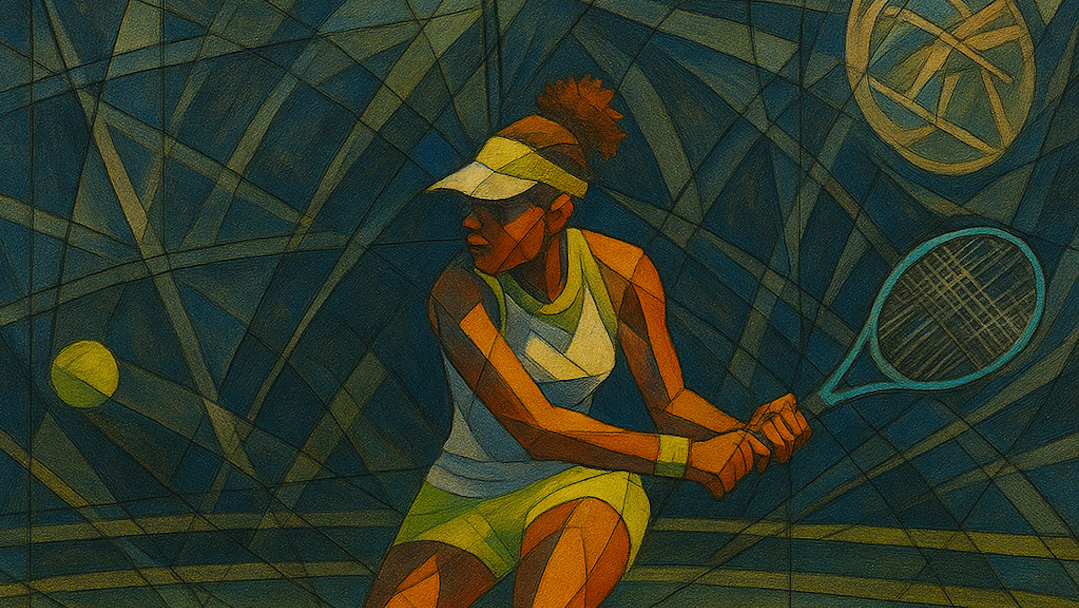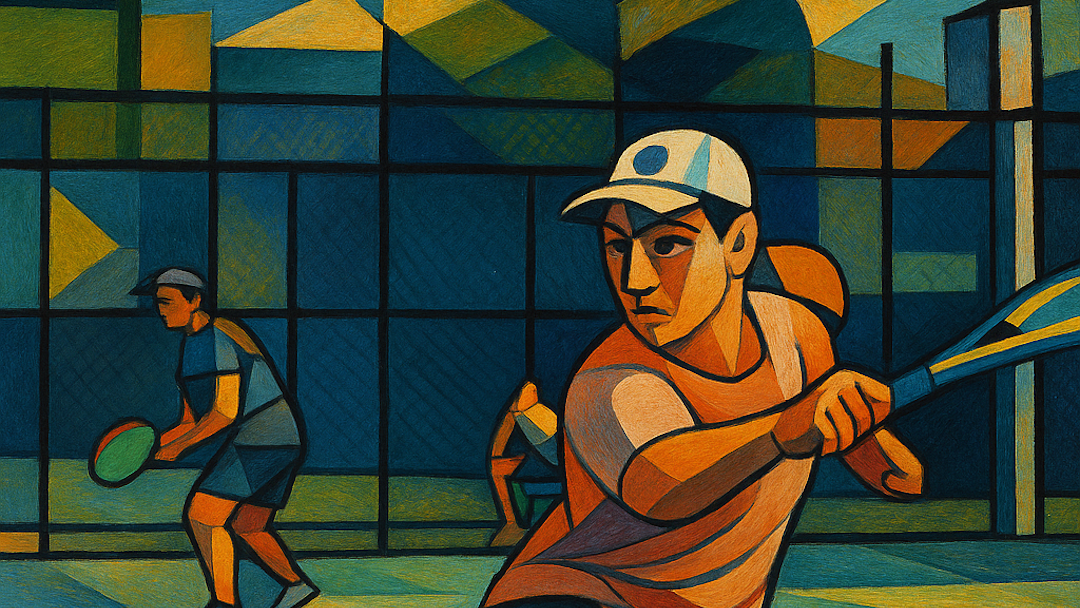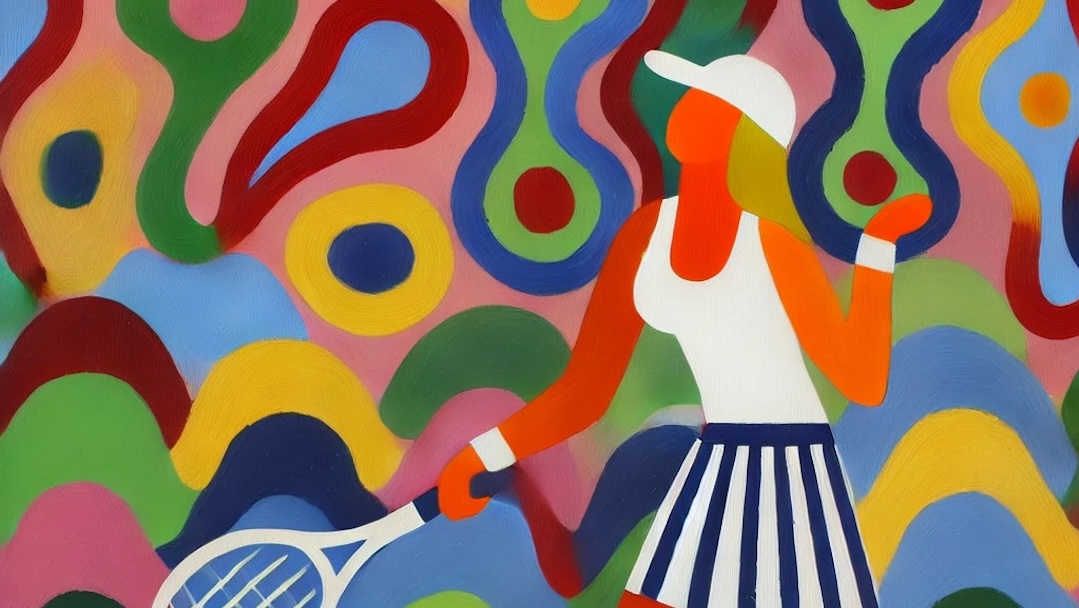Once again, I have been a victim of marketing. This year marks the 50th anniversary of the first publication of Timothy Gallwey’s transformative tennis psychology book, “The Inner Game of Tennis.” Naturally, I bought a copy when I found out there was a special edition to celebrate this milestone. As it turns out, the only “update” is the inclusion of “50th Anniversary Edition” on the cover thumbnail at Amazon. The book has not been changed otherwise.
It is hard for me to imagine that regular readers of my blog are not already familiar with this foundational book of tennis. It transformed the mental game by emphasizing the importance of overcoming self-doubt and distractions to improve performance. Gallwey introduced the concept that players have two selves to contend with when competing. Self 1 is the critical, conscious mind, and Self 2 is the automatic, subconscious mind. The central idea is that by quieting Self 1 and trusting Self 2, players can achieve a state of relaxed concentration and peak performance. It works.
It occurs to me that players around my age benefited from an inflection point in the game created by the publication of The Inner Game of Tennis. When it was first released in 1974, I was 7 years old and just getting started in the sport. Consequently, all the coaching and instruction I received were influenced and informed by the philosophies of this book. In contrast, players who are just 10 years older than me likely played their formative junior years without that insight.
The emphasis on the mental and psychological aspects of the game was revolutionary. BeforeThe Inner Game of Tennis, training focused primarily on physical conditioning, technique, and strategy. Mental fortitude was thought to develop through experience and willpower alone.
In contrast, players who grew up with Gallwey’s teachings incorporated psychological resilience, mindfulness, and self-awareness into their training. Gallwey’s insights transformed tennis and influenced other sports. The principles from this book have been adopted in other athletic settings and are also embraced by performance coaches in other aspects of life.
I have long believed that every tennis player should own a copy of Timothy Gallwey’s transformative book on tennis psychology, “The Inner Game of Tennis.” However, if you already own a copy, don’t rush out to buy the “anniversary edition” – the content remains unchanged, and its timeless wisdom is already in your hands.
Fiend At Court participates in the Amazon associates program and receives a paid commission on any purchases made via the links in this article. Details on the disposition of proceeds are available on the “About Fiend at Court” page.





Thanks for saving me from buying the new edition. I saw it in Barnes and Noble the other day and almost bought it. I’ll treasure my original copy.